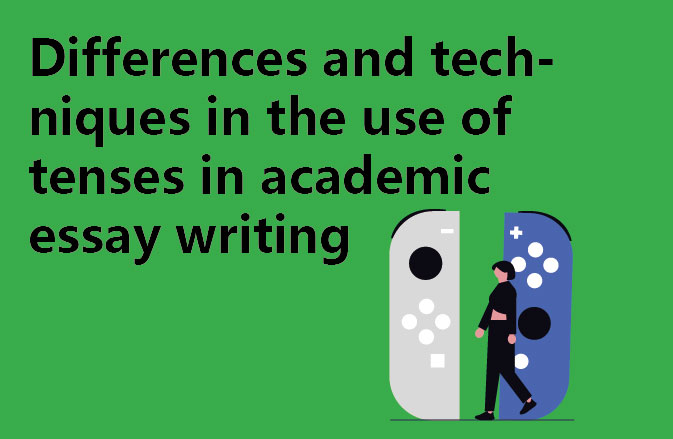I. Background Introduction
The use of tenses is undoubtedly crucial in academic essay writing. Through the appropriate use of tenses, we can more accurately convey the core ideas and logical relationships of various chapters such as literature review, research methods, research results, discussion and conclusion. In this article, we will start from these aspects and deeply analyse the rules and techniques of applying various tenses in academic papers. Let’s come together to find those hidden behind the charm of tenses!
Second, the historical trace – literature review
In order to understand the development of a certain subject area and the latest developments, literature review is undoubtedly an essential part. In this link, we need to comprehensively and systematically comb and analyse the results of previous research. Therefore, the tense of literature review is usually based on the general past tense, while some general present tense and present perfect tense are also used. For example, when we cite the research results of others, we should use the general past tense; and when we explain our own understanding of these research results or comments, we can use the general present tense or present perfect tense.
Exploring the Unknown–Research Methods
In the chapter on research methods, we need to elaborate on the chosen research method and its advantages and disadvantages. Here, the use of tenses is dominated by the general present tense, with the occasional appearance of the general past tense and the present perfect tense. For example, when we introduce the basic principles of a certain research method, we should use the general present tense; while when we describe the steps of implementing this method in a specific study, we can use the general past tense or present perfect tense.
Revealing the truth – research results
In the chapter on research results, we need to show and explain the research data, graphs and charts obtained. Here, the use of tenses is mainly based on the combination of general present and general past tenses. For example, the general past tense should be used when we present the research data, while the general present tense can be used when we explain what these data represent. In addition, in order to enhance the vividness and readability of the article, the present perfect tense is sometimes used to describe the impact or value of the research results (e.g., ‘The research has produced remarkable results…’). V. In-Depth Analysis – Discussion
V. In-Depth Analysis – Discussion and Conclusion
In the Discussion and Conclusion section, we need to analyse and interpret the results of the research in depth and give our own opinions and recommendations. Here, the use of tenses is mainly based on the combination of general present and general past tenses. For example, when we summarise the research findings of the previous chapter, we should use the general past tense; while when we look forward to the future direction of the research or put forward constructive suggestions, we can use the general present tense or general future tense.
Conclusion
In conclusion, the use of tenses in academic paper writing is an art, which needs us to constantly explore and summarise in practice. Only by mastering the use of tenses can we better show our research ideas, highlight our research focus and improve the quality of our papers. Let’s work together to contribute more excellent works to the academic world!




